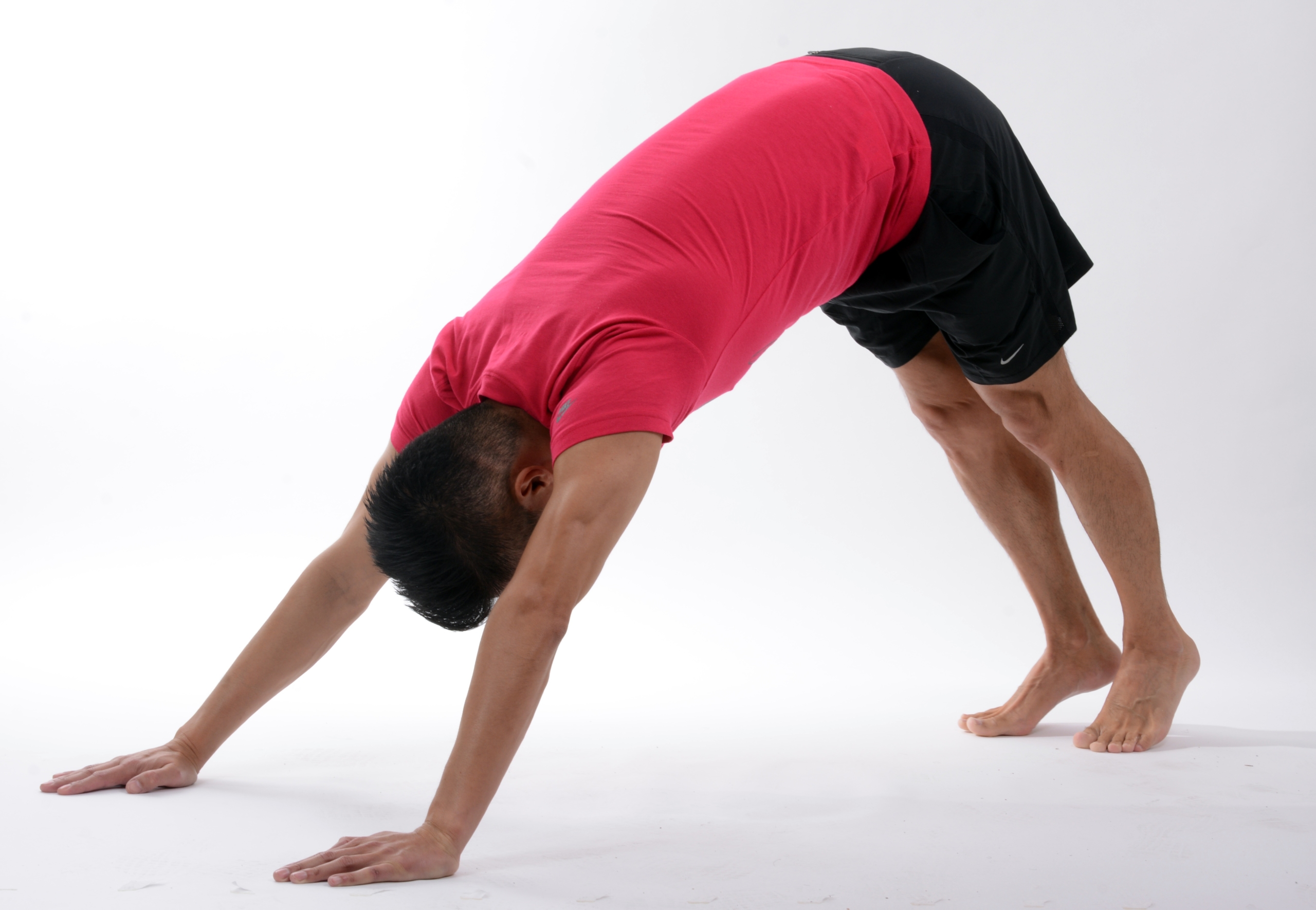Stretching is a very misunderstood subject. Most novice athletes think they know what is best in terms of stretching and often are operating without evidence-based knowledge. This blog post will hopefully clear up some misconceptions on stretching basics.
Two studies from 2013 called into question the wisdom of certain kinds of pre-workout stretches. Jeffrey Gergley, Ed.D, found that weight lifters who stretched before lifting found themselves feeling weaker than they anticipated (1). In another study, a review of previous literature, static stretching was found to reduce the strength of those stretched muscles by approximately 5.5% (2).

Here are some stretching frequently asked questions:
Q: Is stretching a good warm up?
A: People misconstrue a warm-up for stretching. Not warming up increases the risk for injury, but we typically don’t recommend static stretching before an activity. Dynamic stretching activities (like high kicks) where you stretch the muscle quickly are the way to go. The population generally over-stretches in terms of static stretching. The best way to get blood pumping through a set of muscles to prepare them for activity is light usage of those muscles. Too many people use static stretches as a warm up when they should be using active stretches as only a part of the warm up. The best way to warm up a muscle is active motion.
Q: What is the difference between static and dynamic stretching?
Static stretches are held for 20-30 seconds, are intended to lengthen muscle functional units, and are indicated when muscle length testing has indicated a shortened muscle. Dynamic stretches include active motion to quickly stretch a muscle and does not actually lengthen short muscles, but helps warm them up.
Before activity, there should be dynamic activity, like lunges or hip extensions when standing on one leg for balance. Static stretches are done in accordance with the athlete. A lot of problems can occur with shortened hip flexors. If hip flexors are tight and we overstretch hamstrings, it allows the pelvis to over-rotate forward. You need to make sure muscles that are causing imbalances are stretched and the ones on the opposite side are strengthened. Muscles are tight from all the sitting we do. People often pay more attention to anterior muscles, those we see in the mirror.
Q: How do pre and post workout stretches differ?
Dynamic stretches should be a component of a good warm up. Static stretches have been proven to reduce strength in muscles if done before activity. After activity, static stretching can reduce delayed onset muscle soreness and can help increase overall flexibility. Don’t skip out on post-activity static stretching and let muscles cool in a shortened position. You can make the most progress with improving flexibility when you stretch muscles that are already warmed up.
Q: Does the type of exercise affect the stretches you should do?
Of course! But I won’t prescribe static stretching before exercise due to the possible risk of lowering the firing capacity of the muscles. Active stretches before any activity need to be sport specific and be aimed at muscles used for the sport.
It would be good to tailor your warm-up to the muscles you will be using. You can make it activity specific by starting with general stretches then moving to exercises that replicate your movement, like trunk rotation for golfers.
Q: Are weekend warriors’ stretching needs different than professionals or other high level athletes?
Active stretches, warm-ups and cool downs need to be proportional to the exercise. Weekend warriors tend to require more warm-up than someone who’s a well-tuned athlete. It’s OK to warm up for longer than they need because they don’t know their bodies as well. Anyone with short muscles should use static stretches to keep muscles lengthened and should do those daily, not before a workout.
References
1. Acute effect of passive static stretching on lower-body strength in moderately trained men. https://www.ncbi.nlm.nih.gov/pubmed/22692125
2. Does pre-exercise static stretching inhibit maximal muscular performance? A meta-analytical review.
https://www.ncbi.nlm.nih.gov/pubmed/22316148






